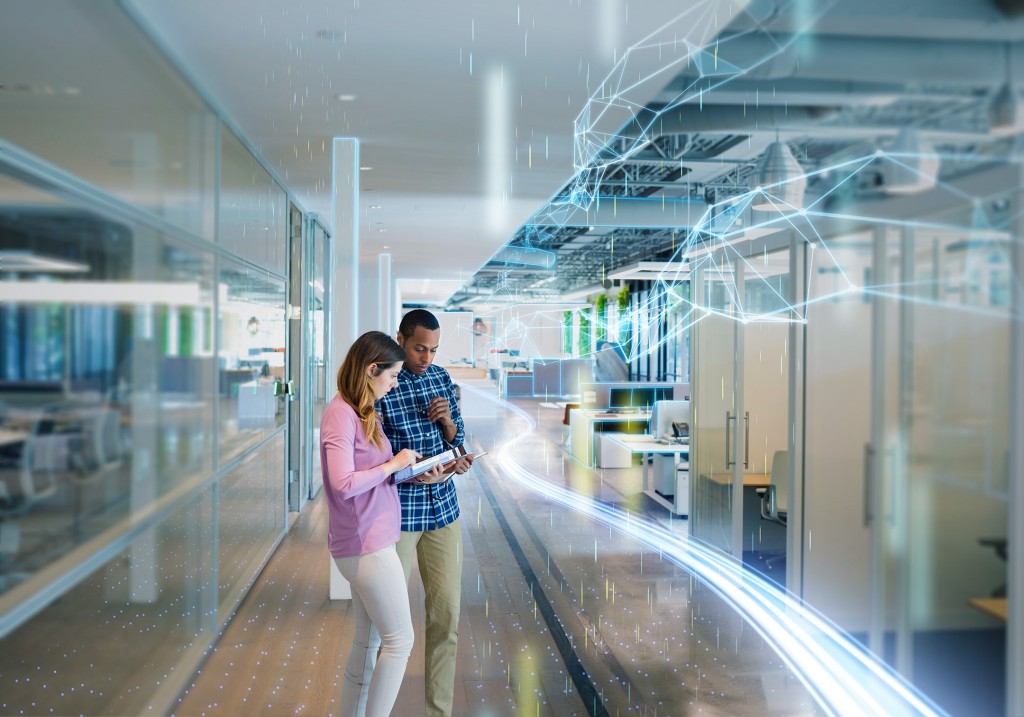Interview with Dr. Stefan Hardt on the strategic partnership with Siemens.
What are the advantages of the cooperation?
MeteoViva provides an interface to the Siemens Observer and Navigator platform. This is a real paradigm shift. For the first time, our product is integrated as a digital service into the ecosystem of a major platform provider. With this collaboration, we are creating a synchronized approach and a standard interface with one of the largest building technology providers in the world.
What does this mean for Siemens' customers?
In the future, they will be able to take advantage of MeteoViva technology without leaving the Siemens ecosystem. So in sum, their overall experience improves.
Does the fact that MeteoViva is now partnering so extensively with a BMS vendor mean the end of MeteoViva's vendor independence?
No, quite the opposite. Basically, the building management of the future is about networking different digital services, whether "on premise" or cloud-based, in such a way that the result is better than the individual parts. But that is only possible because we are technology-neutral. And, of course, we will continue to be vendor-independent. That is part of our market success. From our point of view, however, the cooperation is above all a real milestone that shows that our technology is an important building block for the building operation of the future and one that the industry can no longer do without.
What will happen with the MeteoViva Cockpit?
The MeteoViva Cockpit will continue to be the central operating function with all functionalities for our customers. The addition of an open interface will allow easy collaboration with third-party systems that manage building usage data, such as room bookings, or want to further process the data used by MeteoViva Climate.
Are there already initial joint projects?
We have already successfully carried out a number of projects together with Siemens in the past. We have also implemented pilot installations in Siemens-owned buildings. That was important so that we could learn even more about each other's technical implementation on both sides. Recently, we also started to work together on sales calls.
Will MeteoViva Climate still be attractive as a stand-alone solution?
Of course. MeteoViva Climate provides optimal control data to reduce energy costs and the CO2 footprint. This is our core competency, which we will continue to offer in a technology-neutral way and consistently expand towards grid unloading and collaboration.
Optimizing data is inherently complex and only works if the computing power required to do so is taken out of the building and on-site systems engineering. The need for optimization will increase in the future in terms of grid unloading and CO2 pricing. It will be a matter of creating a perfect climate in a building at the lowest possible energy and CO2 prices and connecting this building to a smart city. The continuous development of algorithms can therefore only work outside the building.
More information on Siemens Smart Infrastructure
